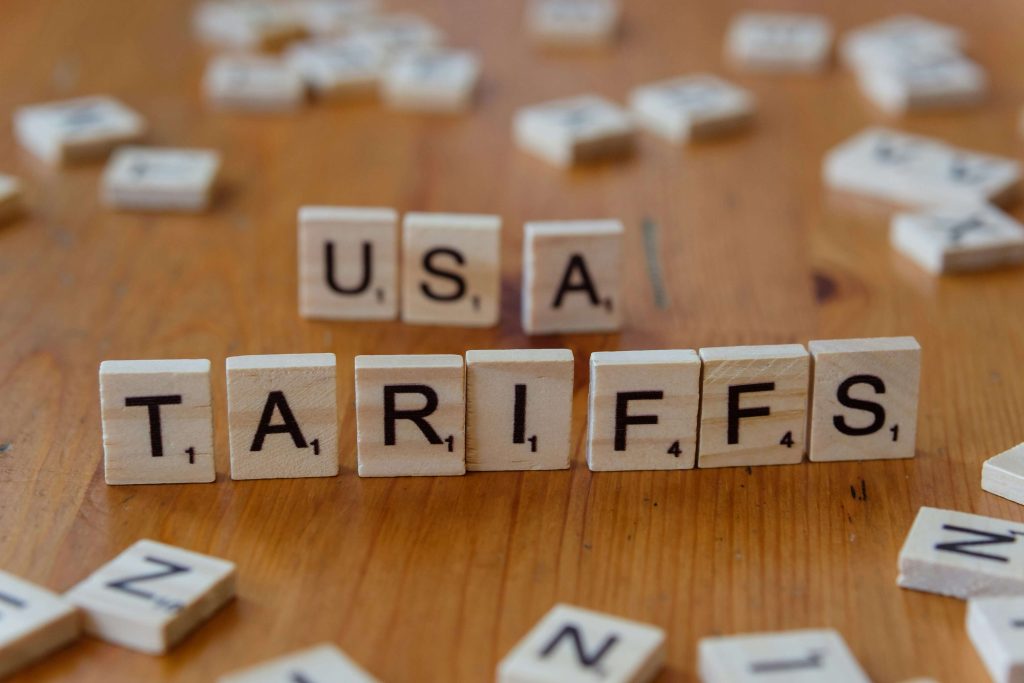Tariffs and trade barriers continue to be ordinary instruments employed by governments to manage the entry of goods across borders. Tariffs and trade barriers are imposed to shield domestic industries, ensure economic equilibrium, and respond to particular policy objectives regarding security, public health, or environmental protection.
A tariff refers to a tax imposed on imported goods. By raising the price of such commodities, tariffs render them less desirable to buyers compared to domestically produced ones. This is meant to promote local manufacturing and limit reliance on foreign sources. Two main forms of tariffs exist: specific tariffs, where a set amount is charged per unit of a foreign product, and ad valorem tariffs, which are applied as a proportion of the product’s value.
Aside from tariffs, other forms of trade barriers are numerous. Import quotas limit the amount of products brought into the country within a designated timeframe. Licensing restricts who may import certain goods, usually capping the volume imported into the market. Voluntary export restraints are negotiated by some governments with other nations, where the exporting nation voluntarily agrees to cap how much it sends. Domestic content requirements force companies to source part of their inputs or manufacturing from within the country.
International trade can also be influenced by non-tariff barriers. These can include local subsidies that provide domestic businesses with a price edge, elaborate regulatory requirements that must be fulfilled by imported goods, or cumbersome customs procedures that keep goods at the border for long periods.
Although these tools provide protection to domestic industries and seek to conserve jobs, they also have a cost. More import duties will raise the prices for businesses and consumers. Occasionally, such measures can create trade tensions if other nations retaliate with similar actions.
Governments can also employ tariffs to raise revenue or to retaliate against unfair trade practices by trading partners. Even with their protective advantages, these instruments need to be used with caution so as not to upset supply chains or drive up consumer prices, which can have wider economic effects in the long run.
Source: https://www.investopedia.com/



